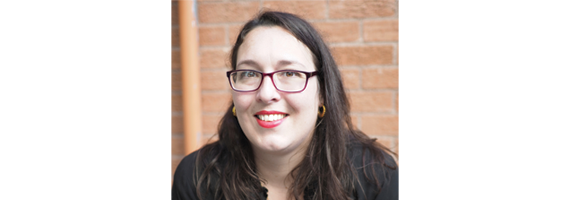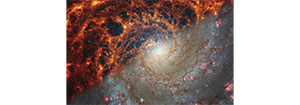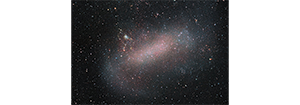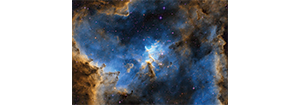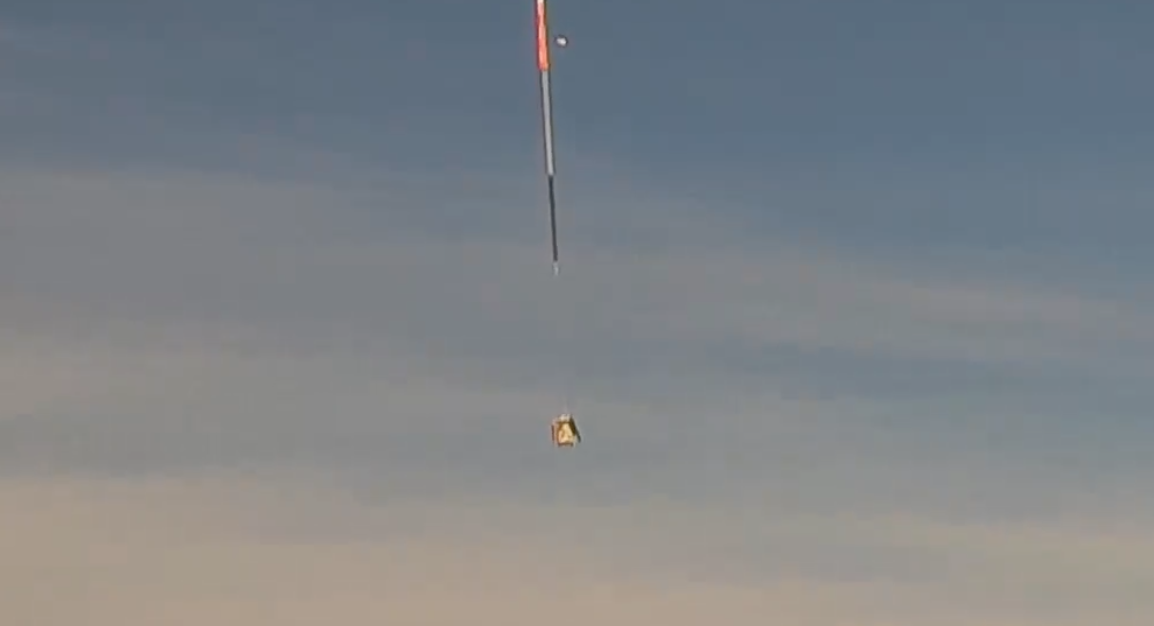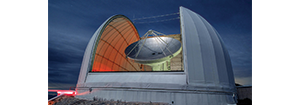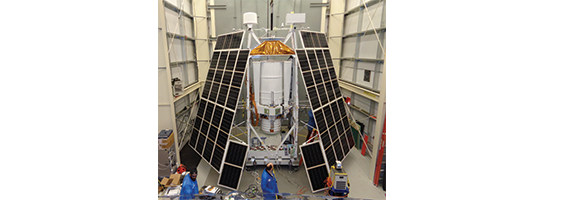At the University of Arizona, a pioneering group of astronomers is part of an international team that built the most sophisticated mid-infrared instrument in the world and launched it aboard a NASA telescope now a million miles from earth in search of distant galaxies, young stars, and new planets. This week, the Royal Astronomical Society (RAS) of the United Kingdom celebrated the accomplishments of that group, announcing that the prestigious Group Achievement Award has been awarded to the international Mid InfraRed Instrument (MIRI) team in honour of their work on the James Webb Space Telescope (JWST).
Developed over the course of two decades, JWST is the most powerful telescope ever launched into space. The spectacular images and scientific data coming from JWST have electrified astronomy and the public by redefining our understanding of the cosmos through new insights into the atmospheres of planets beyond our Solar System and new data on star and galaxy formation.
For over 50 years, scientists at UArizona have led in infrared astronomy. Infrared light lies beyond the visible light spectrum and lets us detect heat signatures from dim objects, to see through thick clouds of gas and dust that block visible light, or to look for redshifted light from the first stars and galaxies in the early universe. The pioneering infrared research at UArizona began with the work of Gerard Kuiper, Frank Low and Harold Johnson at the Lunar and Planetary Lab around 1965. George Rieke—co-lead of the MIRI project and Regents Professor of Astronomy and Planetary Sciences— joined this team of innovators in 1970. Together, they helped fuel a revolution which, over the course of 50 years, doubled the capability of mid-infrared technology every 10 months: a pace “that makes the growth of computer power look sluggish,” Rieke said.
NASA picked Rieke to collaborate with an international team of scientists to design and build an instrument to provide mid-infrared observations on the world’s largest and most complex space telescope. The revolutionary growth curve of mid-infrared technology has culminated in the 20-year MIRI project, extending the reach of JWST’s other three instruments to the longer mid-infrared wavelengths. “MIRI has pushed this field to its technical limits,” Rieke says. “It’s going to lay down a heritage that astronomers are going to use for decades. It’s a complete revolution.”
MIRI senses wavelengths from 5 to 28 microns—a range that allows it to detect planets, comets, dust warmed by starlight, and protoplanetary disks. The latter capabilities have been revolutionary in the search for potential planets orbiting stars. Andras Gaspar, Associate Research Professor at Steward Observatory, led a 2023 paper on the debris disk around the star Fomalhaut, 25 light years away. The MIRI images revealed detailed images of nested concentric rings of dust around the star: belts most likely carved by the gravitational forces produced by embedded, unseen planets. The MIRI team has now turned its attention to the debris disk around Vega, a star at a similar distance from earth. As he puzzles through this new data from MIRI, Gaspar says he’s proud to be part of what he considers to be “humanity’s largest and most complex engineering achievement.” Compared with the moon landing, Gaspar says “I think technologically this is more advanced.”
In the time since JWST launched into its million-mile orbit on December 25, 2021, other achievements from the MIRI team include the unveiling of a large number of active galactic nuclei—supermassive black holes at the centers of galaxies—that are buried in thick cosmic dust and hidden from astronomers despite decades of searching. “My very first research project as an undergraduate over ten years ago in China was to search for active galactic nuclei with the Spitzer data,” says Jianwei Lyu, a Steward Observatory Assistant Professor who has led the MIRI survey to detect these black holes. “It is such a wonderful experience to join the MIRI team and pick up the same topic again,” Lyu says. “It is unbelievable to see the huge progress made by JWST and I cannot be fortunate enough."
The MIRI team is large, diverse, and international. UArizona has worked closely with the NASA Jet Propulsion Laboratory (JPL), which had responsibility for the MIRI detectors and their electronics, the software, and the cooler that brings the instrument to a temperature close to absolute zero. The rest of the instrument was provided by research institutes from ten European nations. Gaspar estimates that the total of astronomers, engineers, technicians, managers, and others involved in launching JWST number in the tens of thousands. Jane Morrison, Associate Staff Scientist at Steward Observatory, reflects on the nature of this team. “As a MIRI test team member, I think back on the various stages of testing MIRI as one of the most exhausting, challenging, rewarding and fun experiences of my career,” she says. “During the decades long testing, team members got married, had children, lost family members, or had other life-changing events. Throughout it all, the MIRI team supported each other through the difficulties of testing such a complicated instrument but also through the difficulties and challenges of life. "
Stacey Alberts, Associate Research Professor at Steward Observatory, who was first hired as a postdoc to work in MIRI instrumentation and science, and now nine years later serves as faculty at UArizona, says “typically science is very open-ended: we don’t have a deadline to figure out how galaxies change. But it's different when we need to launch a telescope.” The push to build and launch MIRI, Alberts says, meant that “we were all going to work together to make that happen.” The highlight to the team’s success—beyond the MIRI data that will continue to transform what we understand about the cosmos—was the flawless launch of JWST in 2021. “JWST is perhaps the most complicated satellite ever launched,” says Rieke, “but everything worked perfectly.”
The recent award from the Royal Astronomical Society recognizes the entire MIRI team’s impressive achievement in bringing such a lengthy and complex international project to successful fruition, and the scientific results emerging from MIRI that their work has enabled.
“Every day I share with my granddaughter the wonder that MIRI and JWST has given us—the brilliant science and images. They are the building blocks of her future,” says Debra Wilson, Arizona MIRI Program Manager. “One thing I tell her: don’t let others say it cannot be done. Believe. Imagine. The improbable is possible.”






